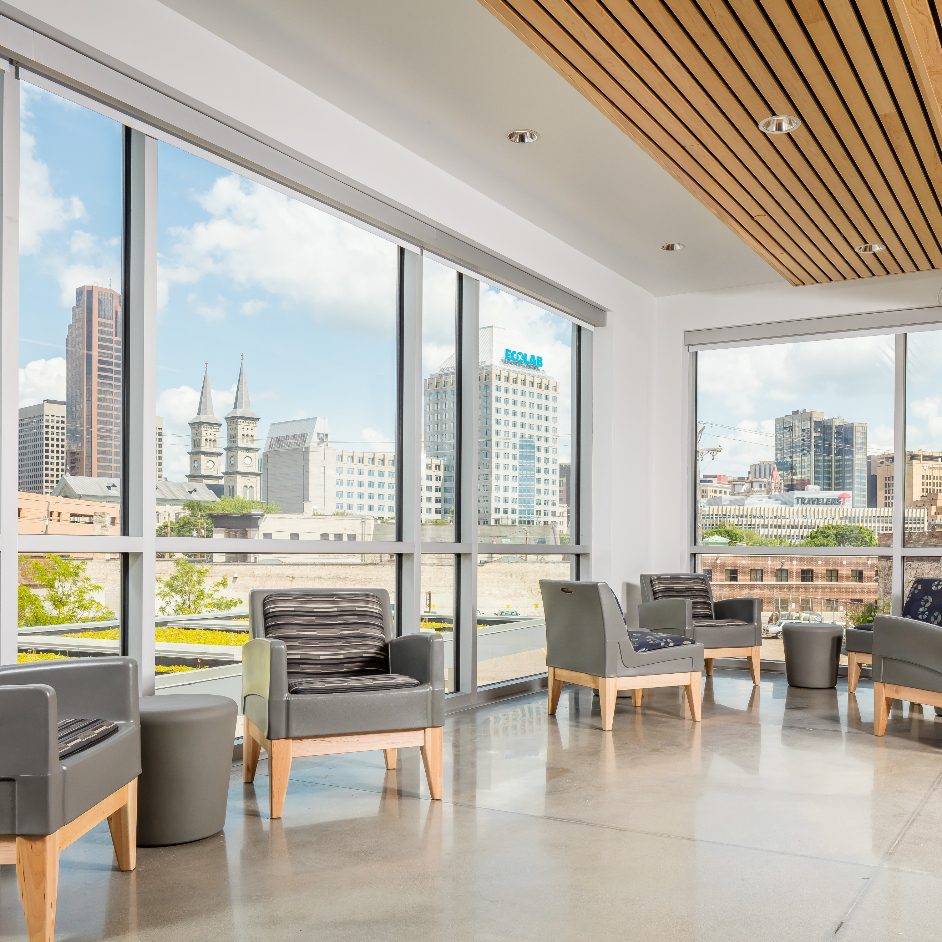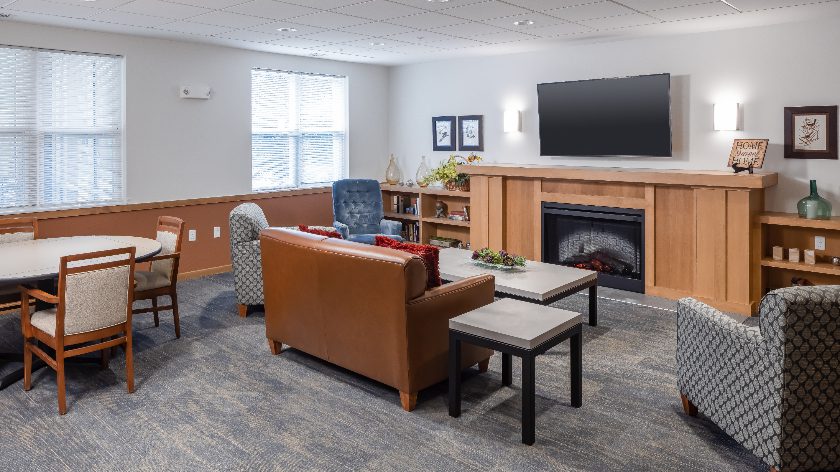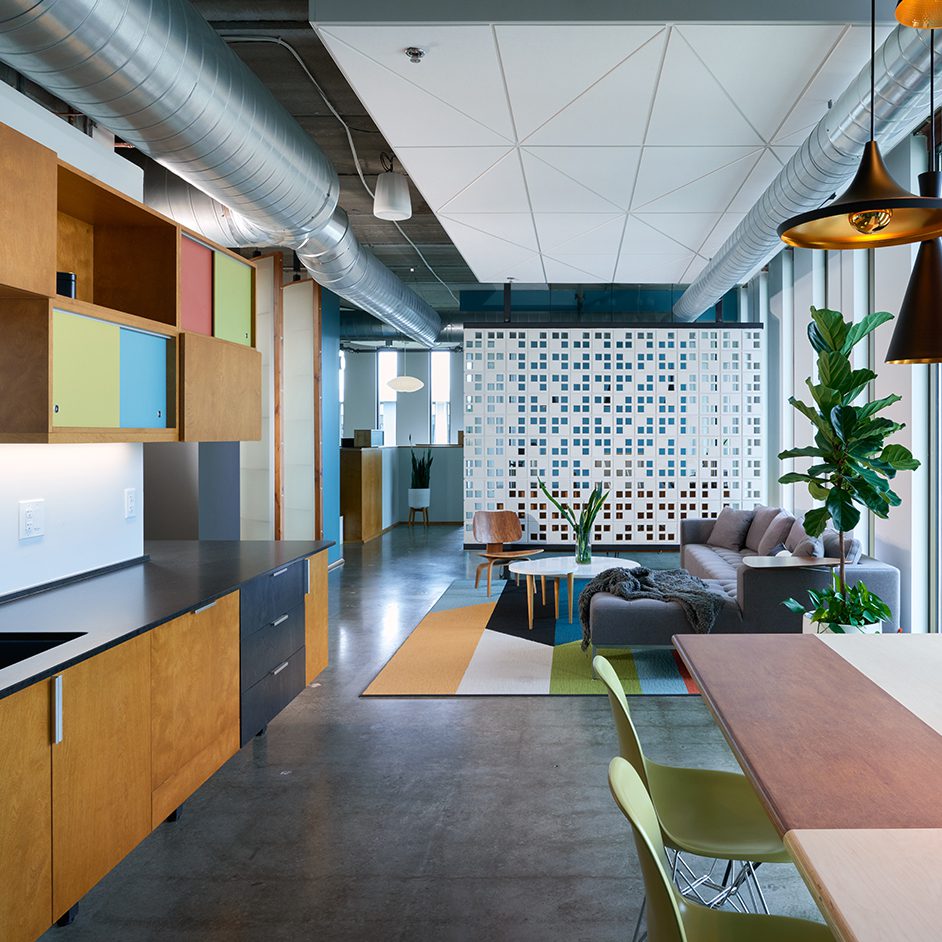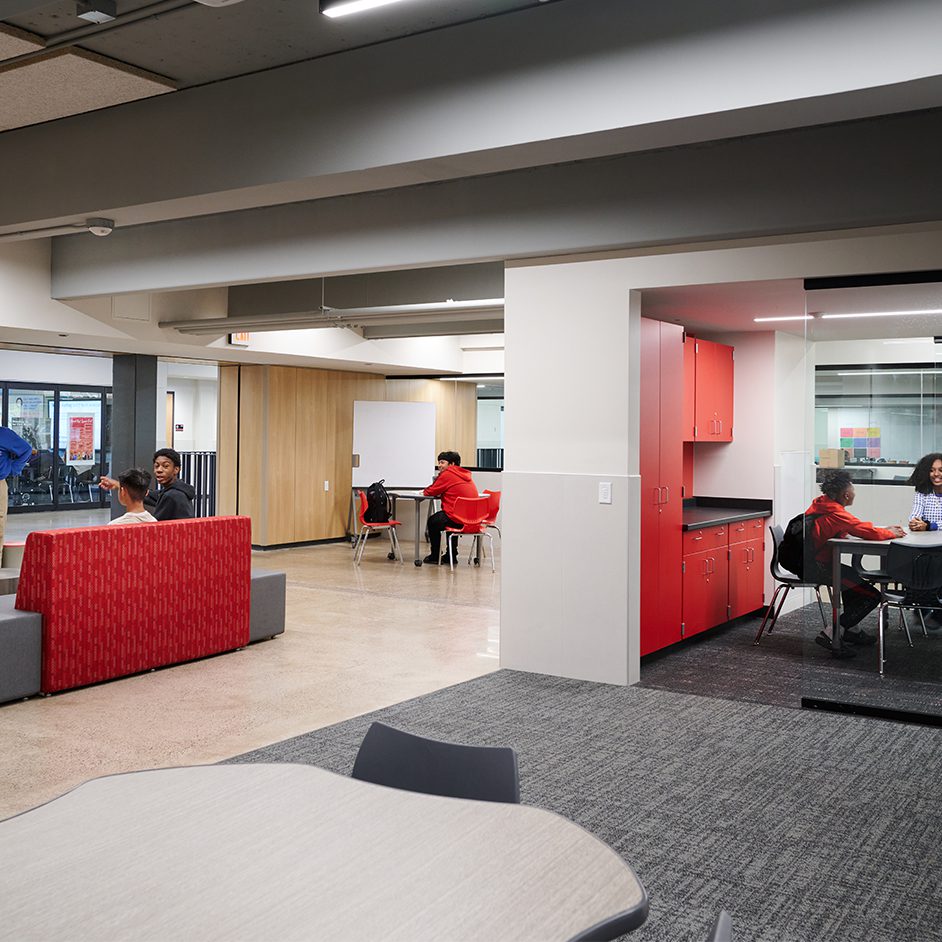
In recent years, trauma-informed design has become an increasingly talked-about topic in affordable housing. The term found its way into architectural discussions from another field, healthcare, where practitioners routinely care for individuals who have survived traumatic experiences.
Trauma-informed care seeks to address patient well-being without retriggering past traumas associated with situations such as domestic violence, sexual abuse, or displacement. In healthcare, this might mean seeking consent or validating a patient’s experience to build trust before proceeding with treatments.
Anyone who has ever experienced a stressful encounter or two knows that such situations bring out strong emotions. Faced with danger, uncertainty, or violence, our brains automatically pivot into “flight or fight” mode. We may feel trapped or alarmed. We instinctively back away or ball our fists or raise our voices.
Years later, a similar situation may cause us to remember the original stress—consciously or not—and slip into the same defensive position. Visual, aural, and other triggers in our environment may prompt us to react similarly to the original trauma.

Individuals without stable housing have often experienced significant trauma, so designers who specialize in shelters and supporting housing can support these individuals by creating spaces that won’t trigger responses and instead foster a sense of calm. While everyone reacts to and recovers from trauma in unique ways, there are some general principles that LHB architects use frequently in affordable housing, supportive housing, and shelter design to mitigate potential trauma responses.
Our approach emphasizes:
- Demonstrated safety and security. A cornerstone of trauma-informed design lies in prioritizing safety. Secure entrances and welcoming front desks with clear sightlines can help reassure individuals who may have experienced instability.
- Enhanced visibility and sightlines. Traumatized individuals often worry about unseen dangers. Within spaces, they may position themselves where they can monitor activity and see entrances and exits —which means clear wayfinding, sightlines, and visibility are important.
- Lighting that illuminates and calms. Dark corners can cause anxiety. Good lighting confirms the overall safety in a space for people who have undergone trauma. What’s more, lighting that is warm, indirect, and controllable by the individual adds to the overall sense of calm. Bringing daylight into stairways and corridors also makes these spaces more welcoming and calming.
- Easy access to greenspace. Multiple studies show that spending time outdoors has proven benefits to mental health. Integrating courtyards, patios, communal gardens, and even just large windows that provide views of greenspace (see Higher Ground St. Paul seating area image at left) not only enhances the overall aesthetics of a facility but also creates a sense of calm, positively impacting residents’ well-being.
- Calming colors, natural finishes. Incorporating natural materials, textures, colors, and finishes can infuse an indoor space with the kind of stillness and peace we often encounter outdoors. Wood finishes and green hues remind us of forests and parks. Soft blues and golds recall water and sunlight. Even natural stone can prompt memories of outdoor repose and relaxation.
Trauma-informed design communicates not only a sense of physical safety but also emotional and psychological security. Well-lit spaces, secure entrances, and thoughtful landscaping are reassuring to individuals who have experienced instability.
Perhaps the most important outcome of trauma-informed design, however, is that it provides a sense of control and empowerment. You can avoid triggers and find the support you need without encountering triggers. Amid the serenity of a trauma-informed space, you may discover the support and resources you need to recover. Shedding the trauma that has slowed your previous progress, you can move forward on your healing journey. ∎
Michelle Pribyl is co-lead of LHB’s housing studio and a longtime designer of affordable housing, supportive housing, and shelter projects. Contact her at michelle.pribyl@lhbcorp.com, or learn more about the housing team’s work on our housing market page.


